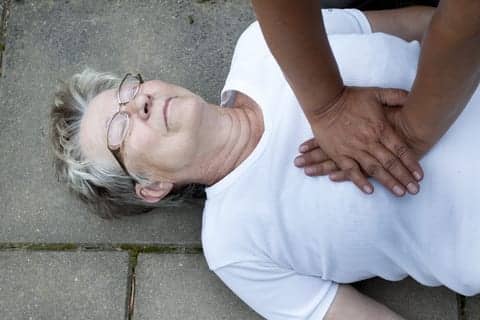A University of Southern California Davis School of Gerontology study showed the immediate survival rate for CPR is approximately 37% as compared to medical television shows, which was 70%.
For the study, the research team watched episodes of both shows that aired during 2010 and 2011, and found 46 separate depictions of CPR—involving either chest compressions or defibrillation. Investigators recorded not only whether the patients lived or died but also the cause of cardiac arrest and the apparent backgrounds and ages of those receiving CPR.
In addition to inaccurate survival rates, researchers found a number of other discrepancies.
The depictions show CPR mostly being performed on adults age 18 to 65, when in reality more than 60 percent of CPR recipients are older adults over 65, Enguidanos said. Also, trauma was behind nearly 40 percent of the CPR instances in the shows, even though traumatic injury cases only account for 2 percent of all CPR usage in real life.
When comparing these results to a similar study conducted in 1996, accuracy rates of television CPR depictions appear to not be improving. And though they seem like harmless entertainment, widespread inaccuracies in medical dramas could have real-life consequences.








